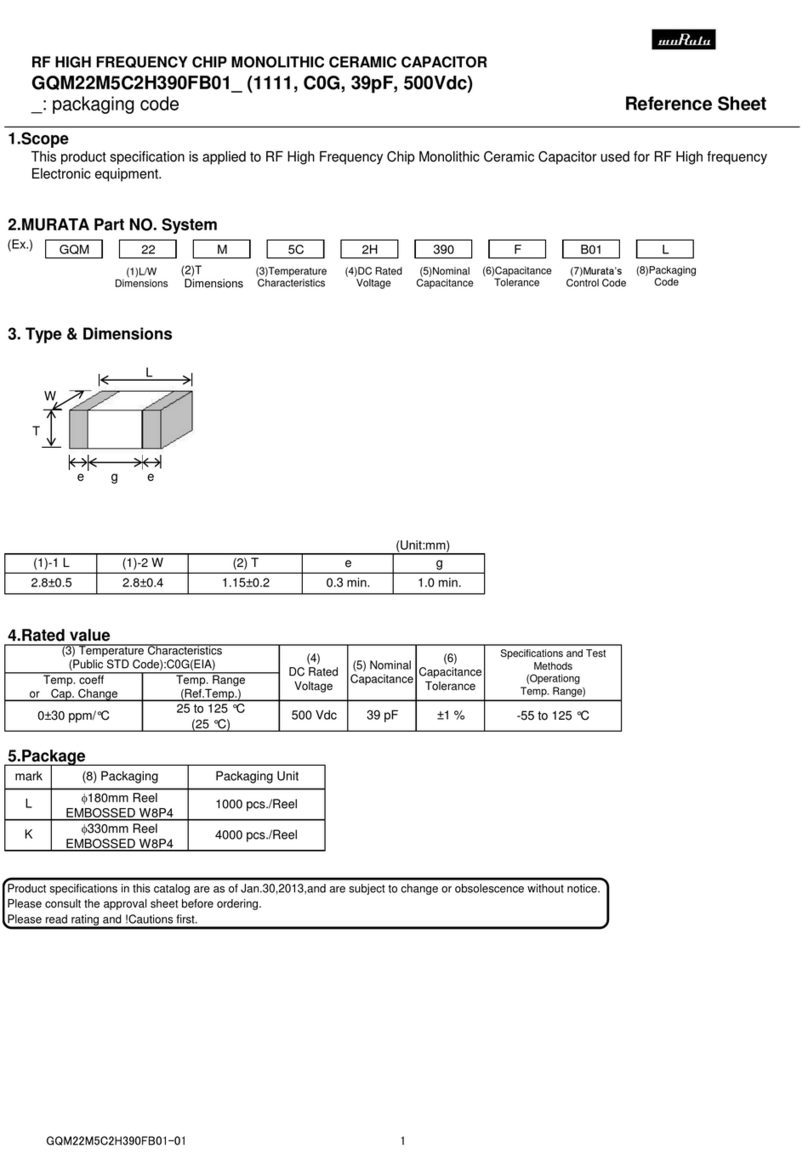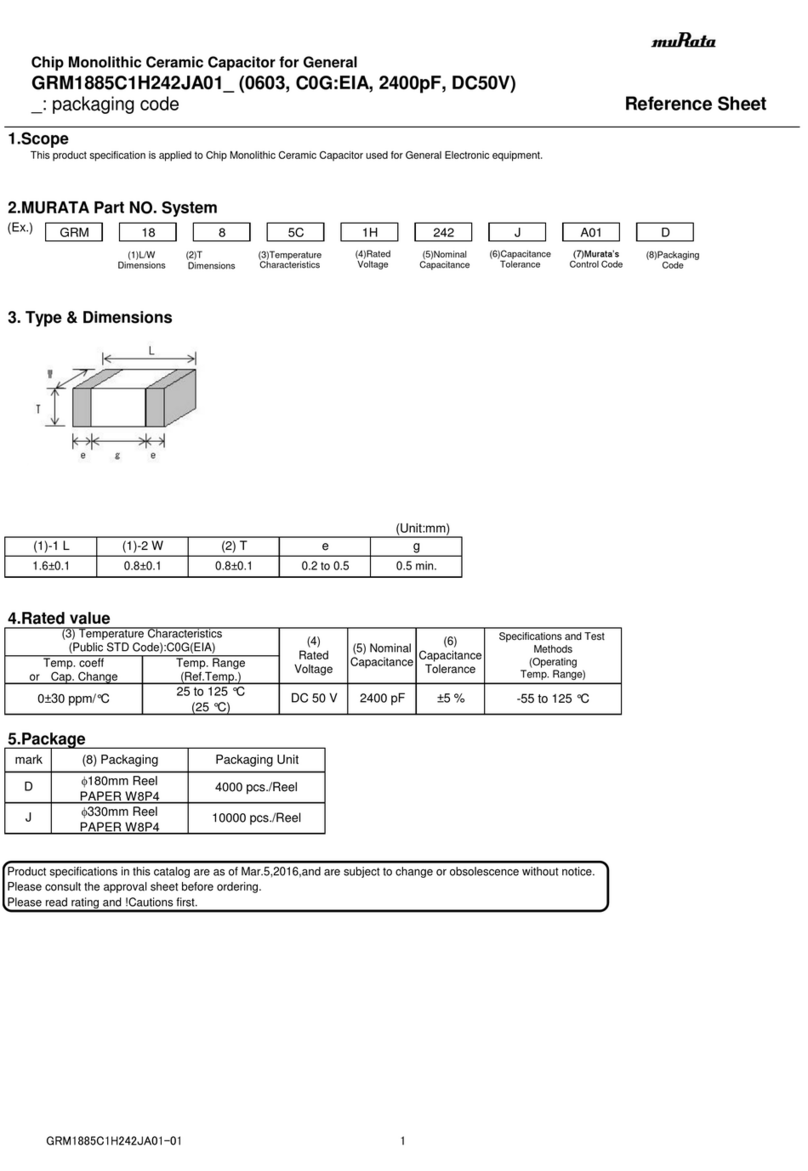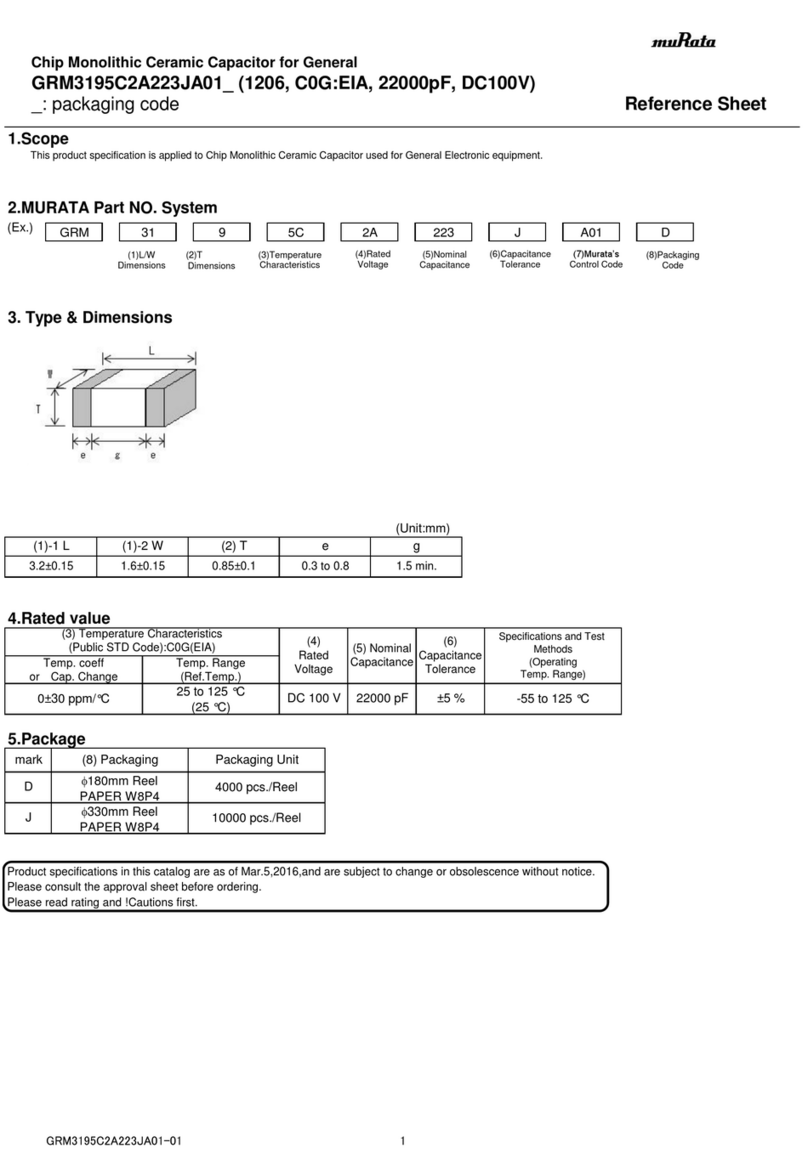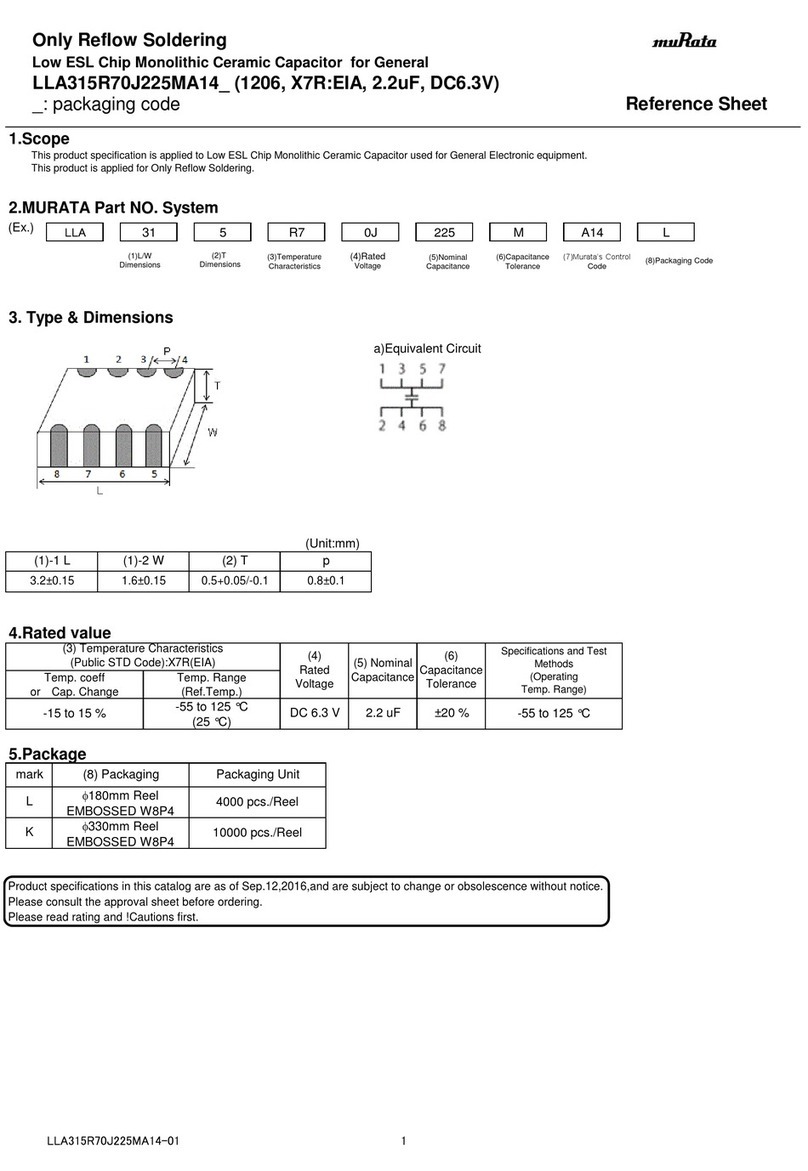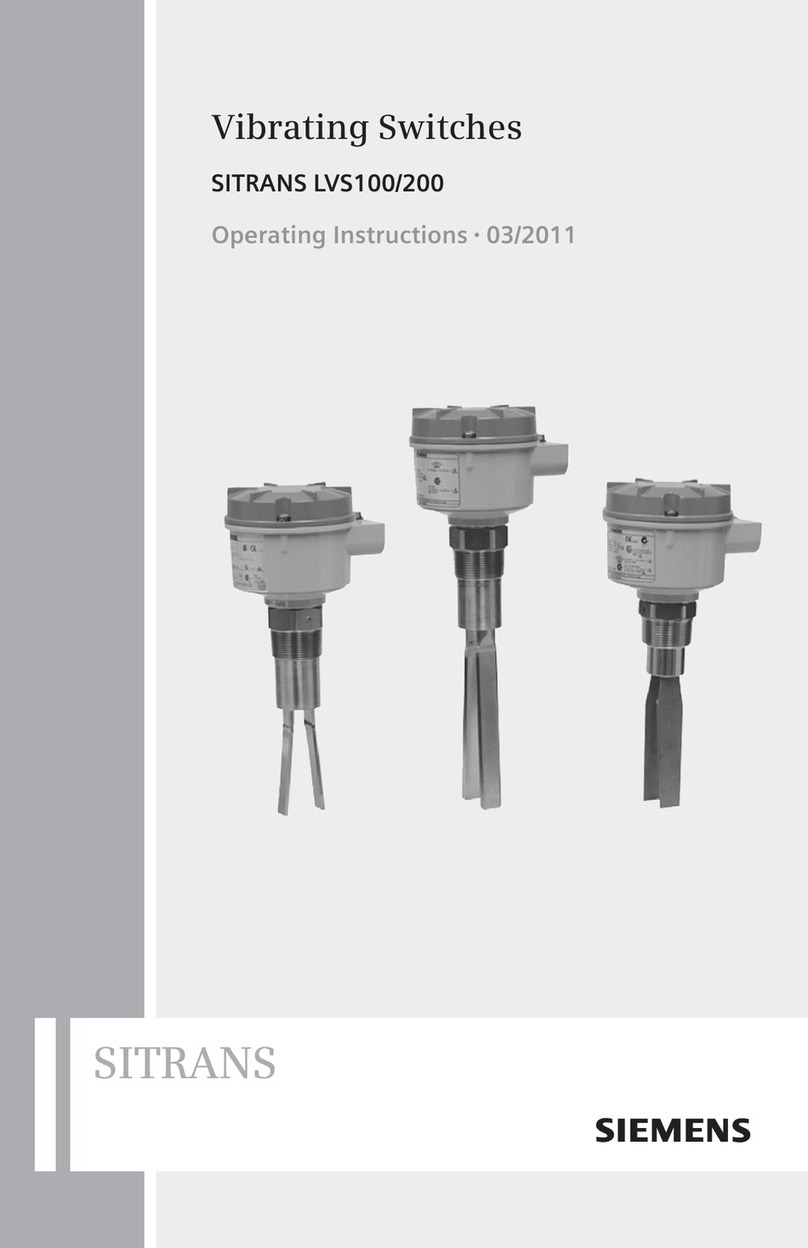Murata GRM188C80J106MA73 Series User manual
Other Murata Industrial Electrical manuals

Murata
Murata GRM0335C1H5R1DA01 Series User manual

Murata
Murata GRM1555C1H241GA01 Series User manual
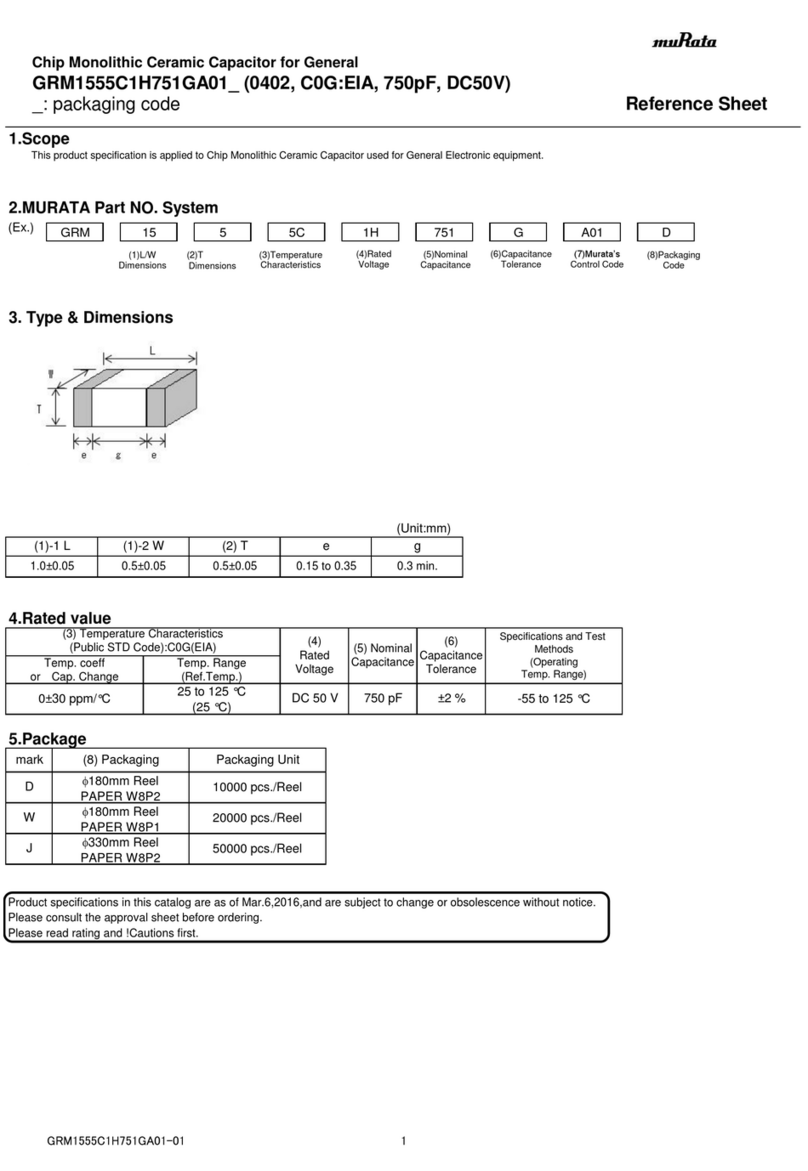
Murata
Murata GRM1555C1H751GA01 Series User manual
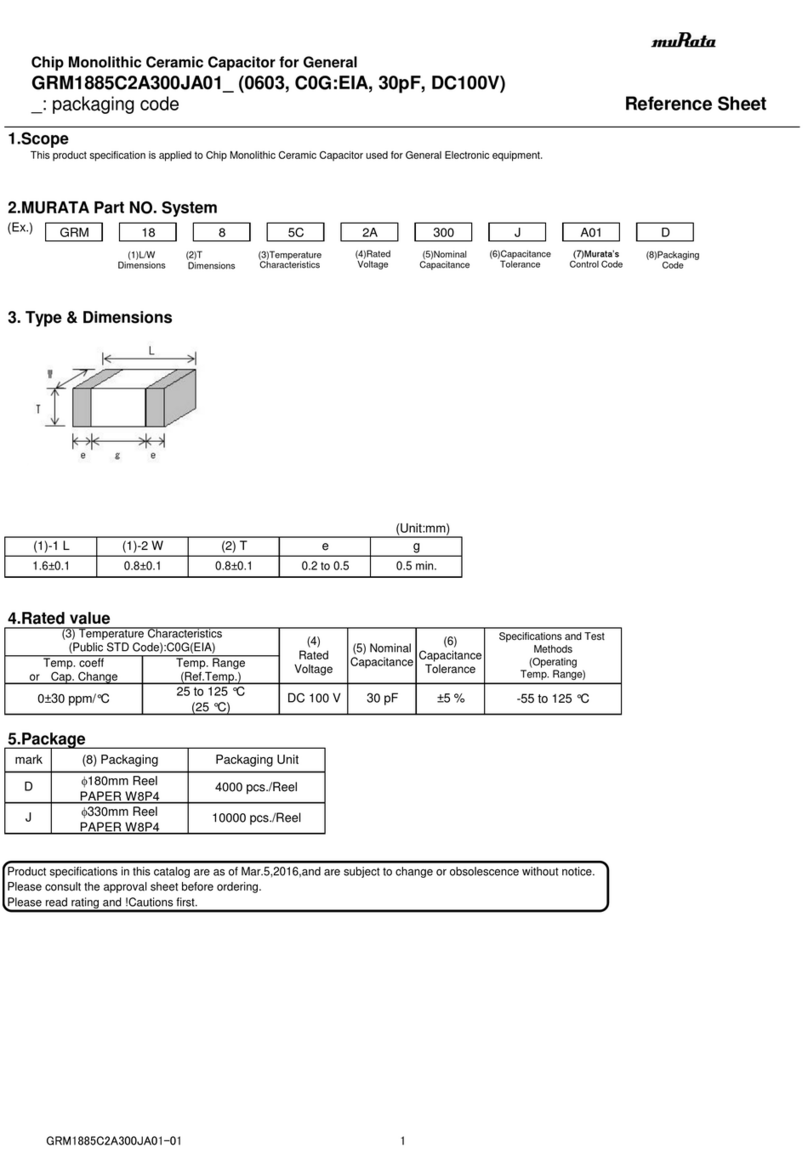
Murata
Murata GRM1885C2A300JA01 Series User manual
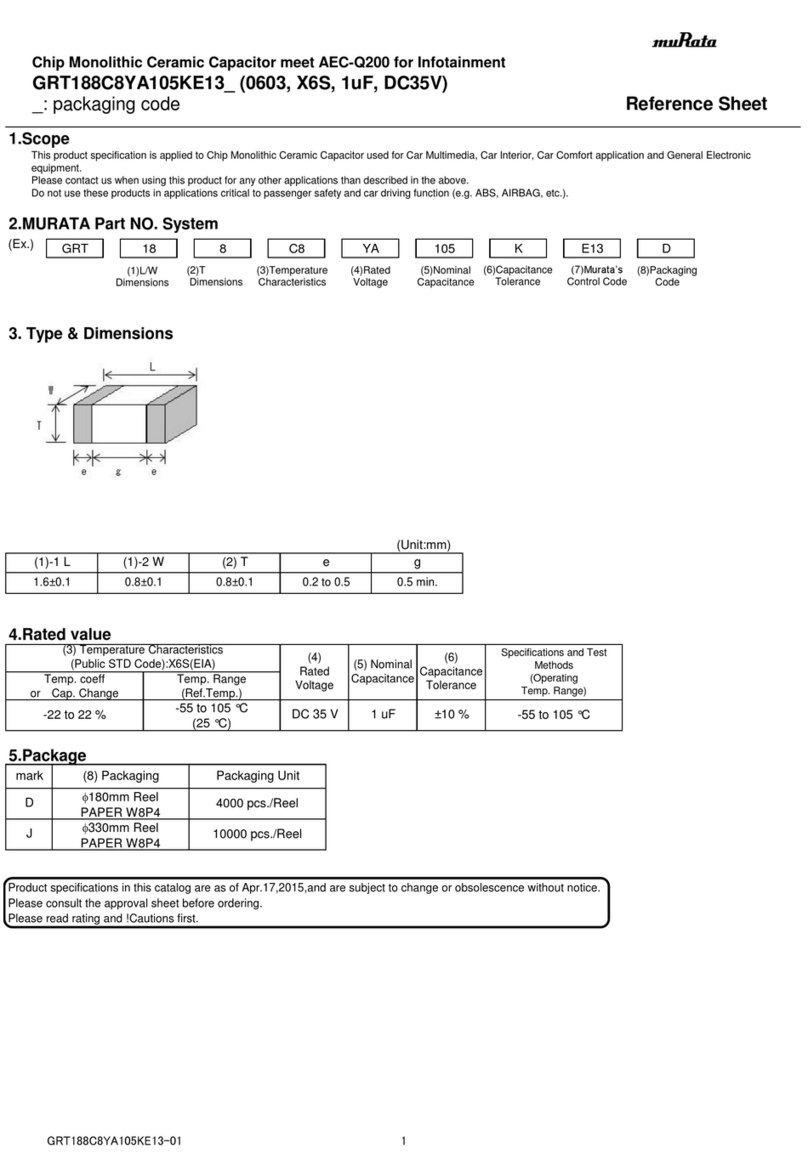
Murata
Murata GRT188C8YA105KE13 Series User manual
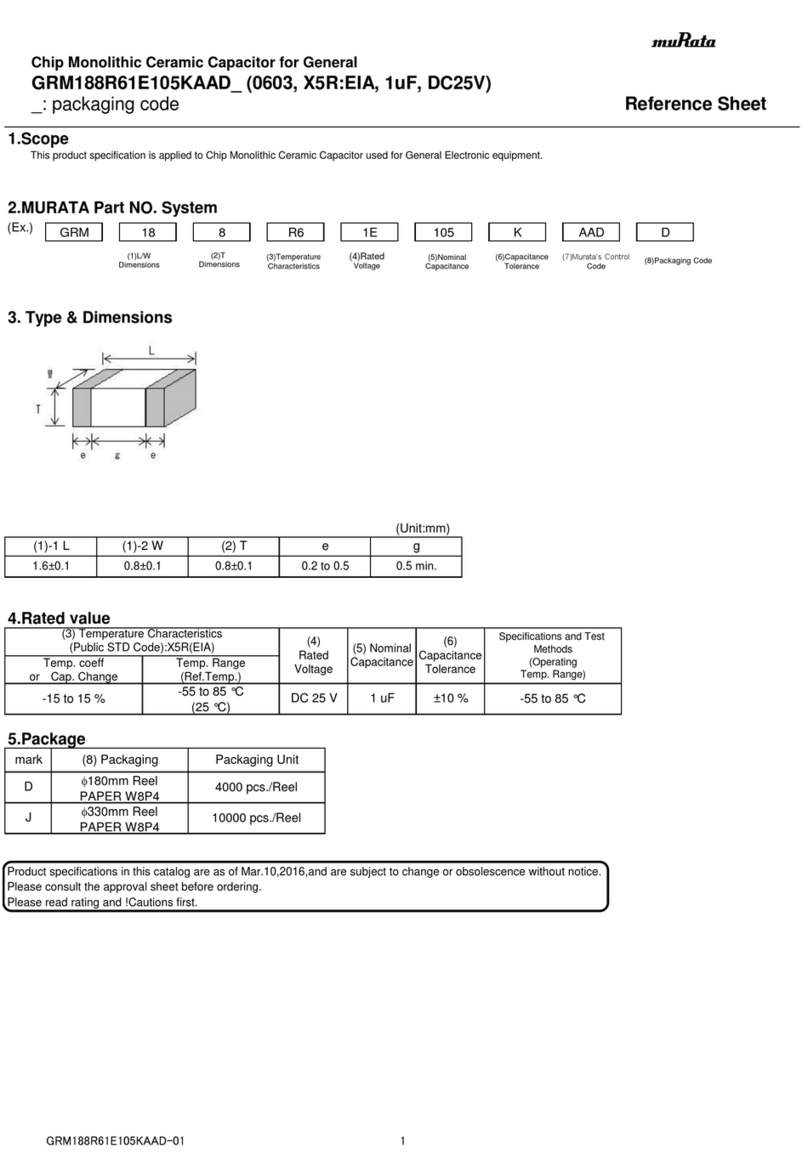
Murata
Murata GRM188R61E105KAAD Series User manual

Murata
Murata GJM1555C1H2R2BB01 Series User manual
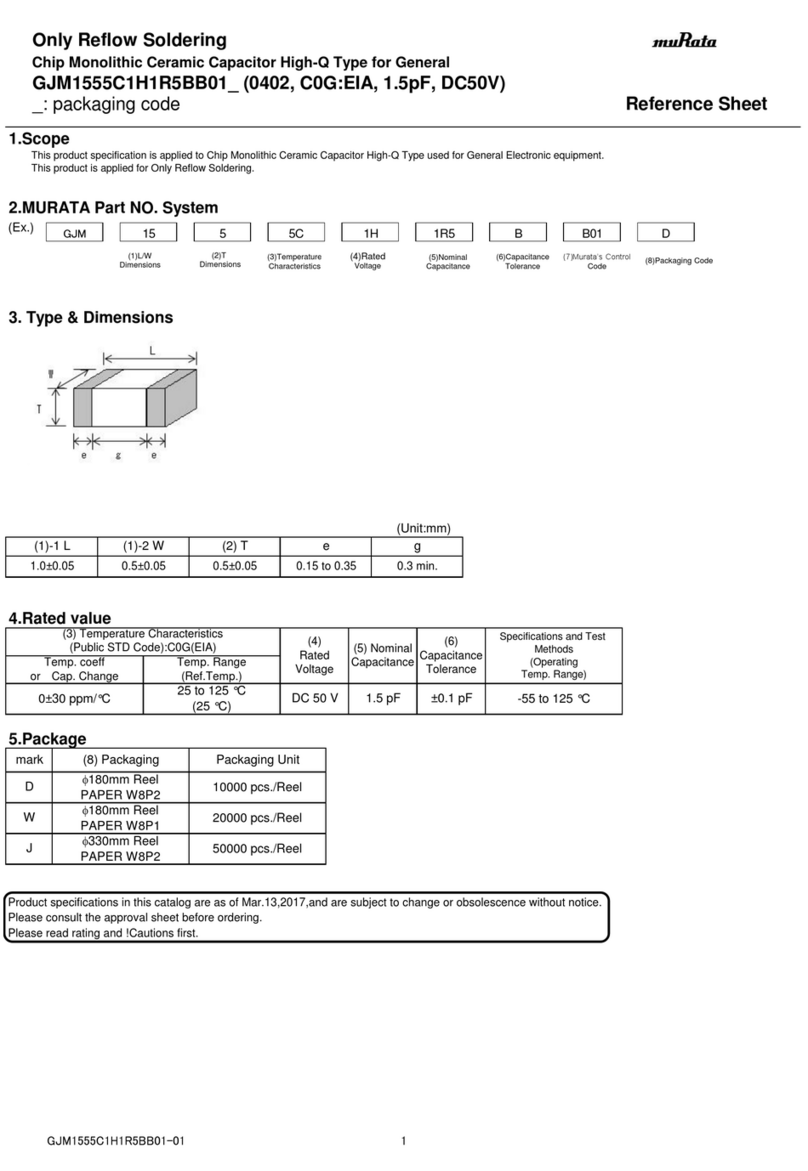
Murata
Murata GJM1555C1H1R5BB01 Series User manual
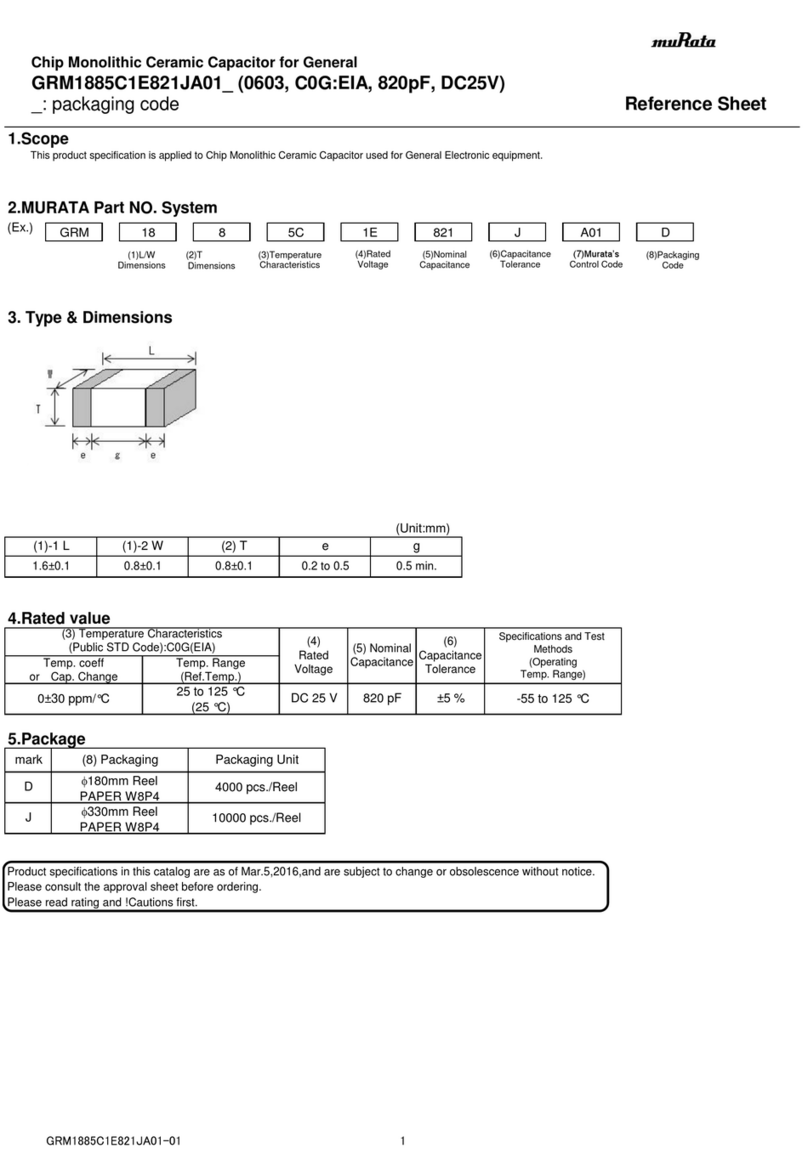
Murata
Murata GRM1885C1E821JA01 Series User manual

Murata
Murata GRM0335C1H1R5BA01 Series User manual
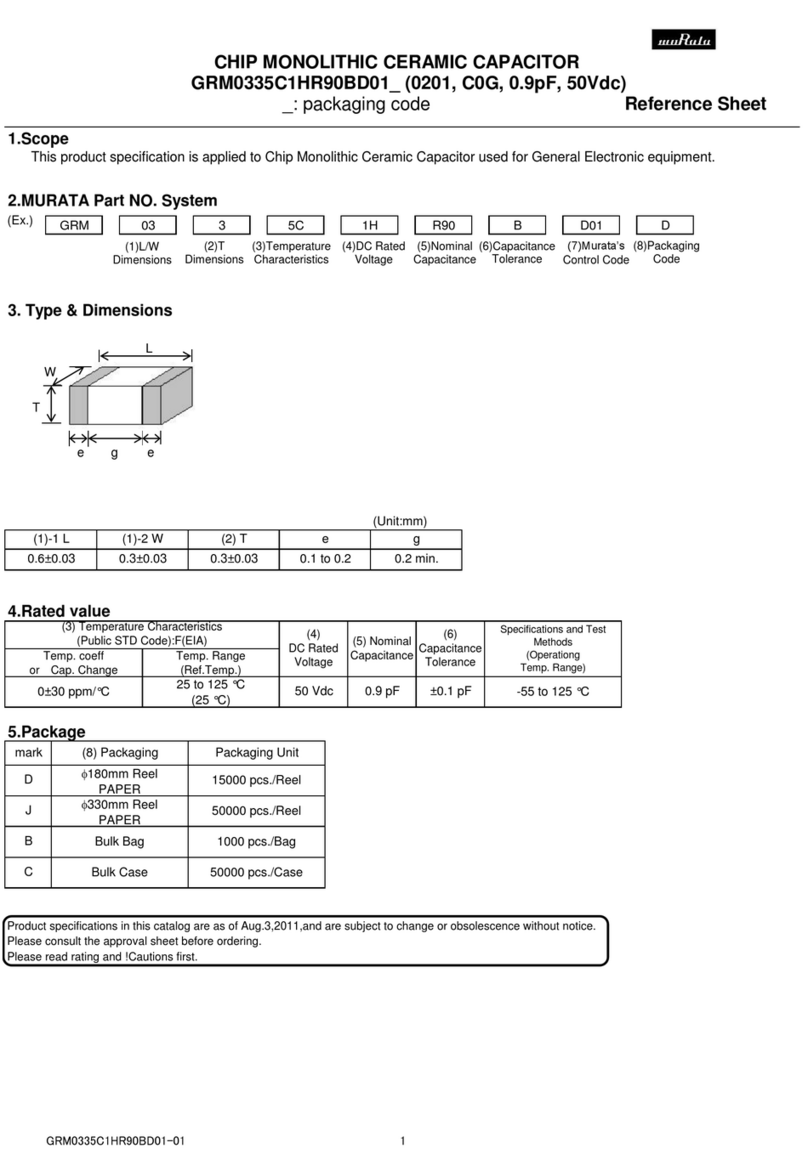
Murata
Murata GRM0335C1HR90BD01 Series User manual

Murata
Murata GRM31CR60J476ME19 Series User manual

Murata
Murata GRM0225C1E6R4BA03 Series User manual

Murata
Murata GRM188R7YA105MA12 Series User manual
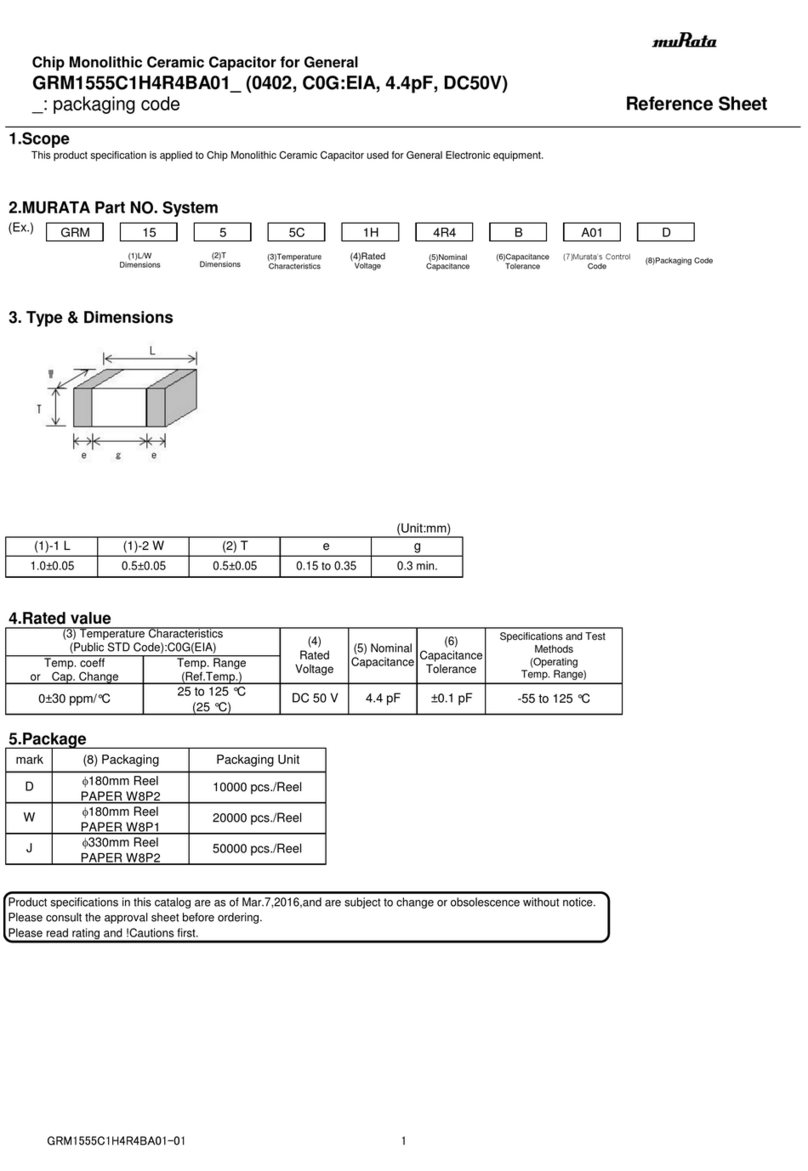
Murata
Murata GRM1555C1H4R4BA01 Series User manual

Murata
Murata GRM216R61E105KA12 Series User manual
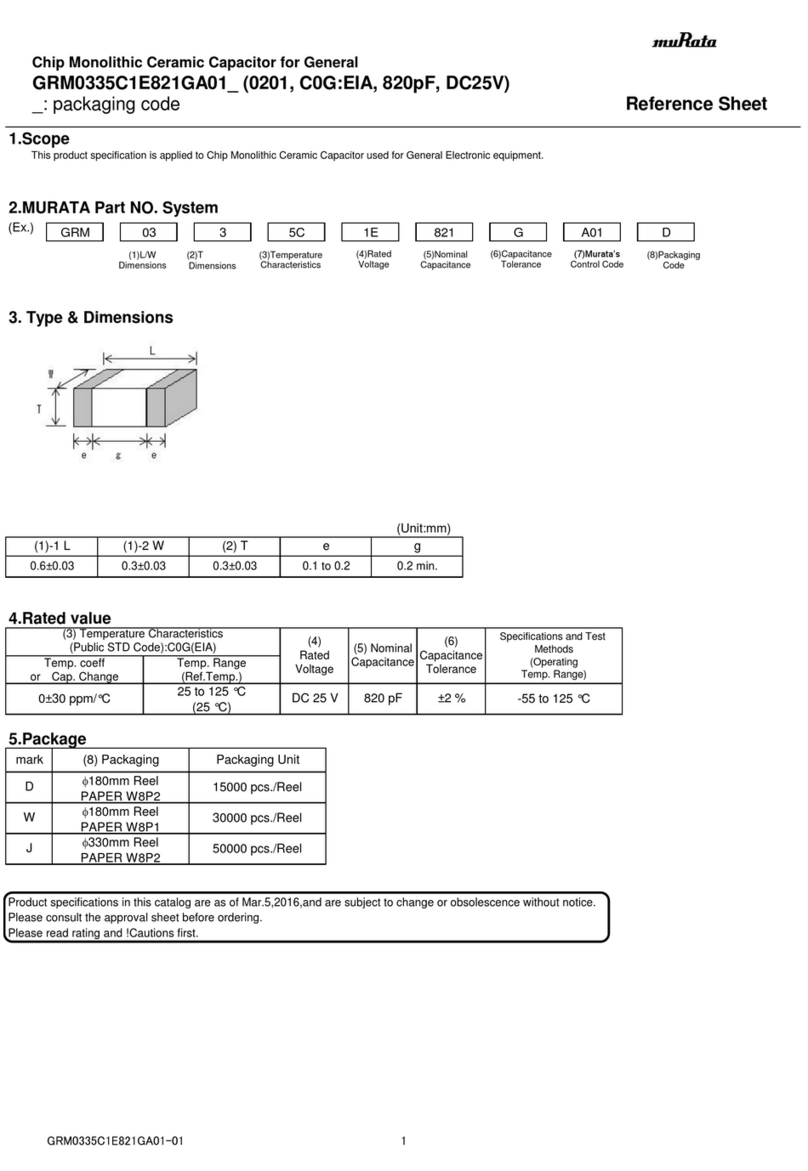
Murata
Murata GRM0335C1E821GA01 Series User manual
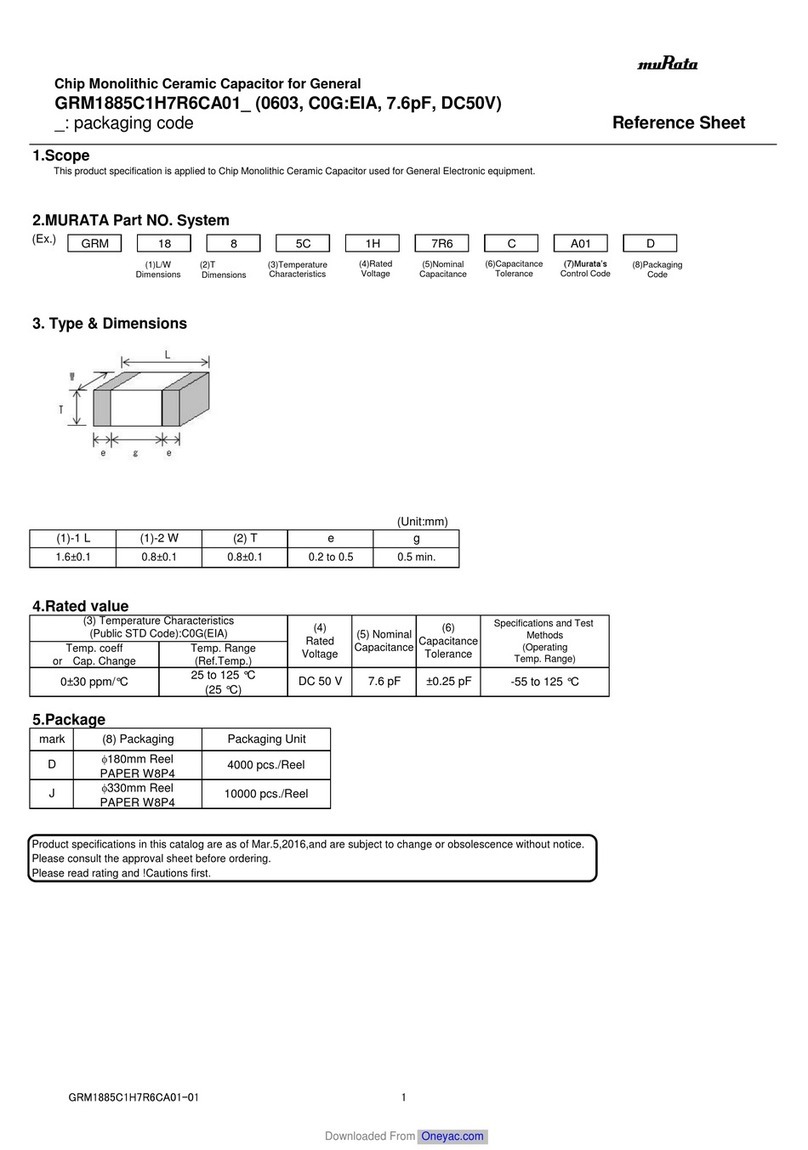
Murata
Murata GRM1885C1H7R6CA01 Series User manual
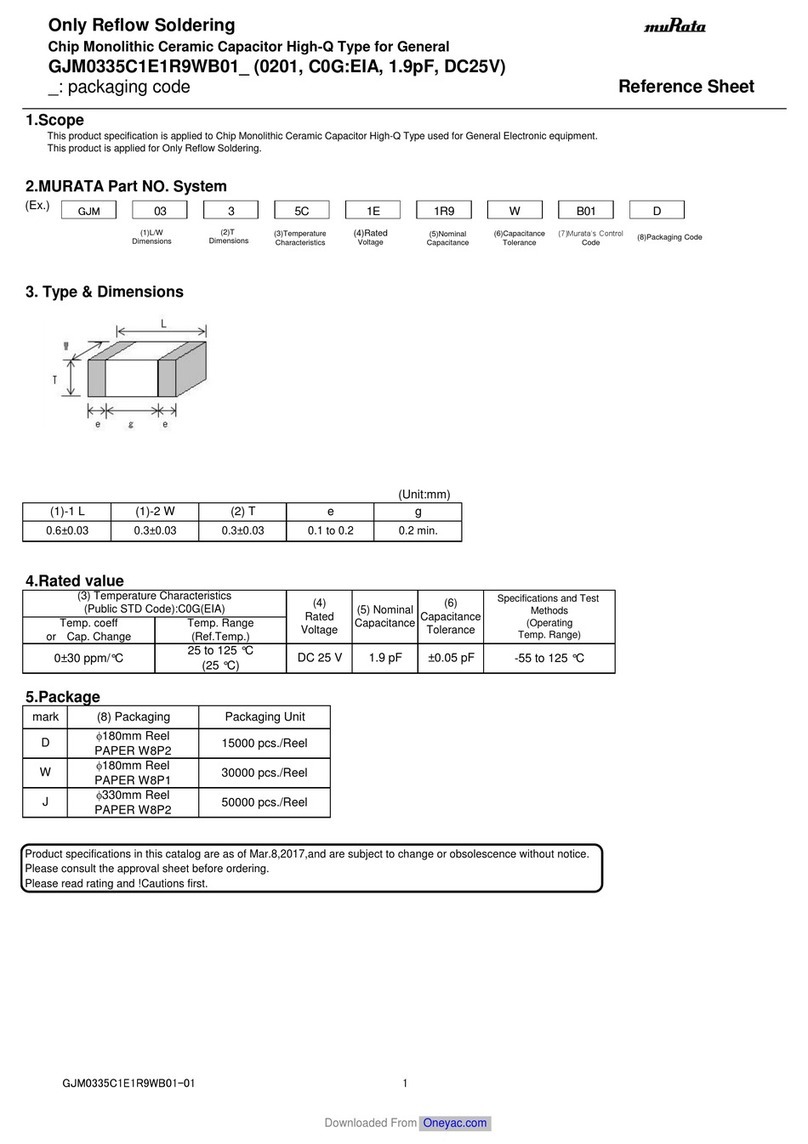
Murata
Murata GJM0335C1E1R9WB01 Series User manual
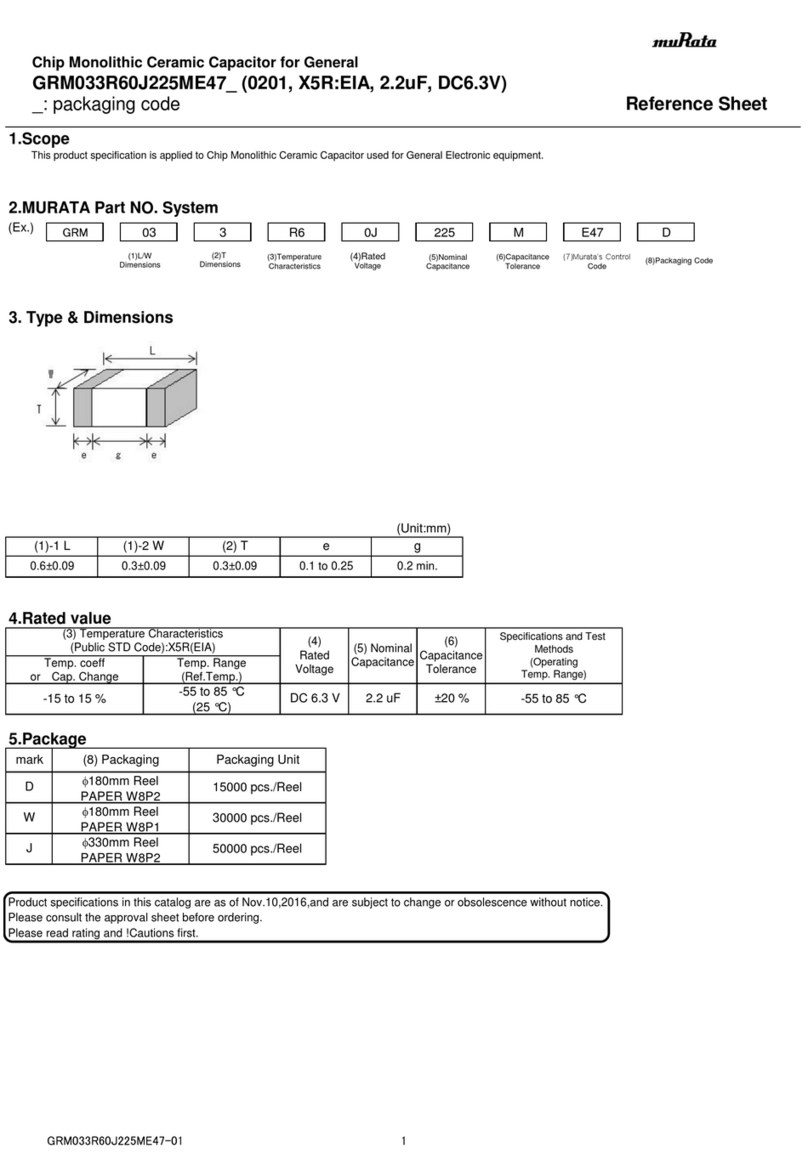
Murata
Murata GRM033R60J225ME47 Series User manual
Popular Industrial Electrical manuals by other brands

ARCAIR
ARCAIR N6000 Automatic System Safety and operating instructions

MFJ
MFJ MFJ-918 quick start guide

Abtech
Abtech HVJB Series Installation, operation & maintenance instructions

SAF-HOLLAND
SAF-HOLLAND CBX 5415.5 Installation and operation manual

Eaton
Eaton Ulusoy HMH24-04 user manual

Newlong
Newlong NP-7H NSTRUCTION MANUAL/PARTS LIST
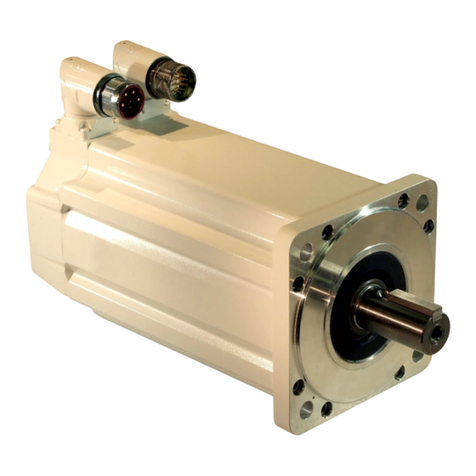
Rockwell Automation
Rockwell Automation Allen-Bradley MP-Series installation instructions
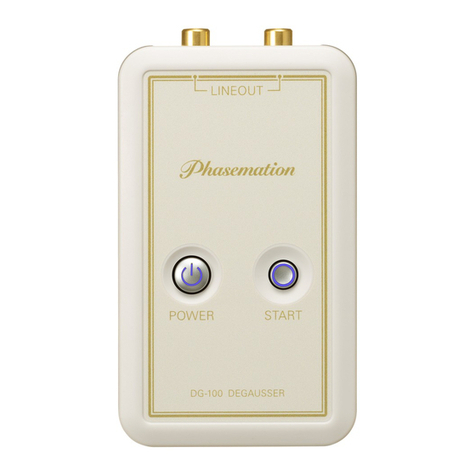
Phasemation
Phasemation DG-100 owner's manual
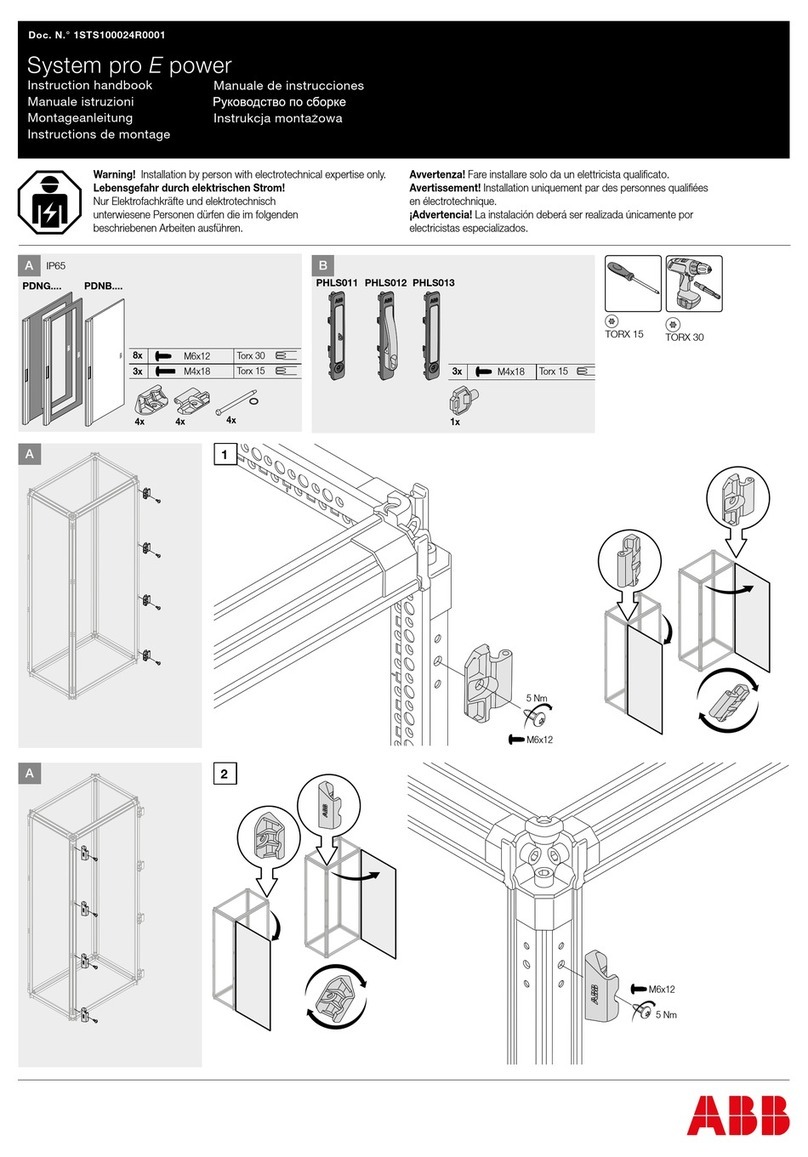
ABB
ABB System pro E power Instruction handbook
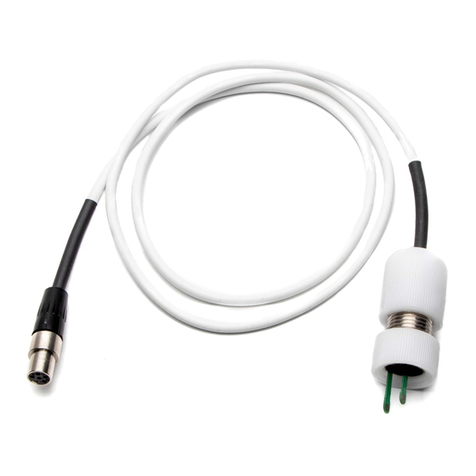
WPI
WPI STX2-PLUS instruction manual
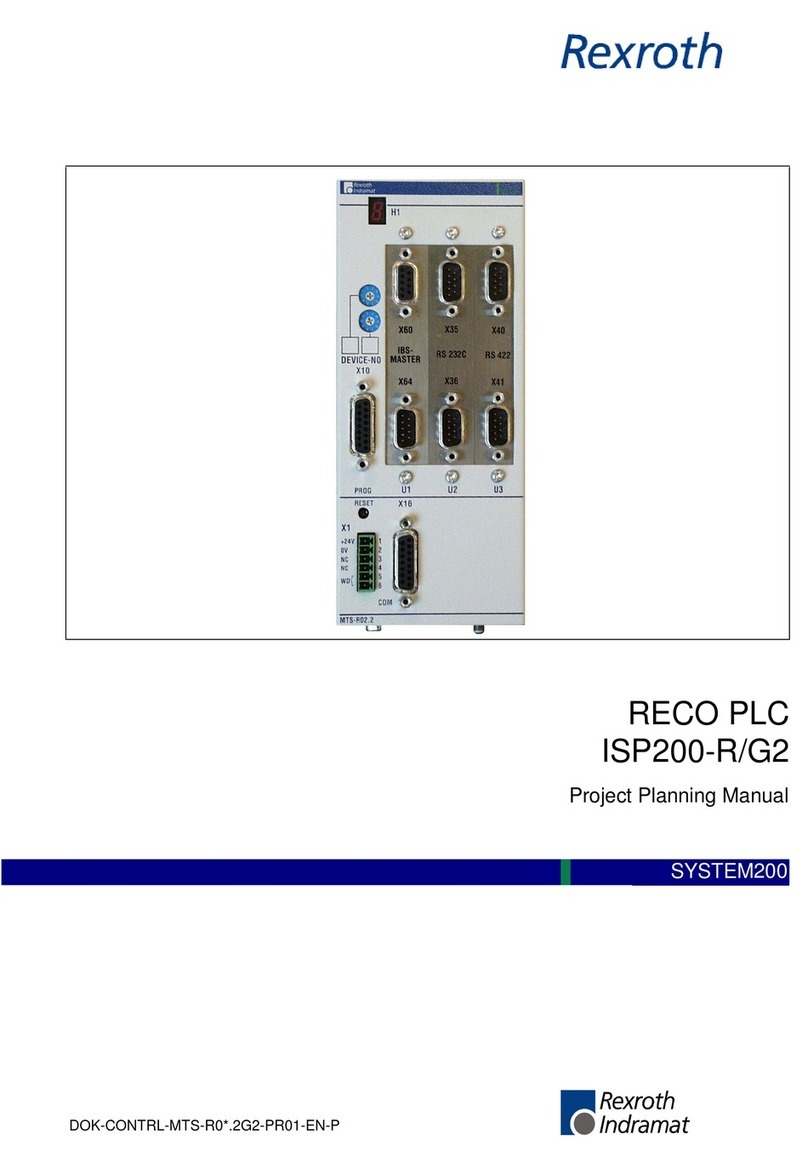
Rexroth Indramat
Rexroth Indramat DURADRIVE SYSTEM200 Project planning manual
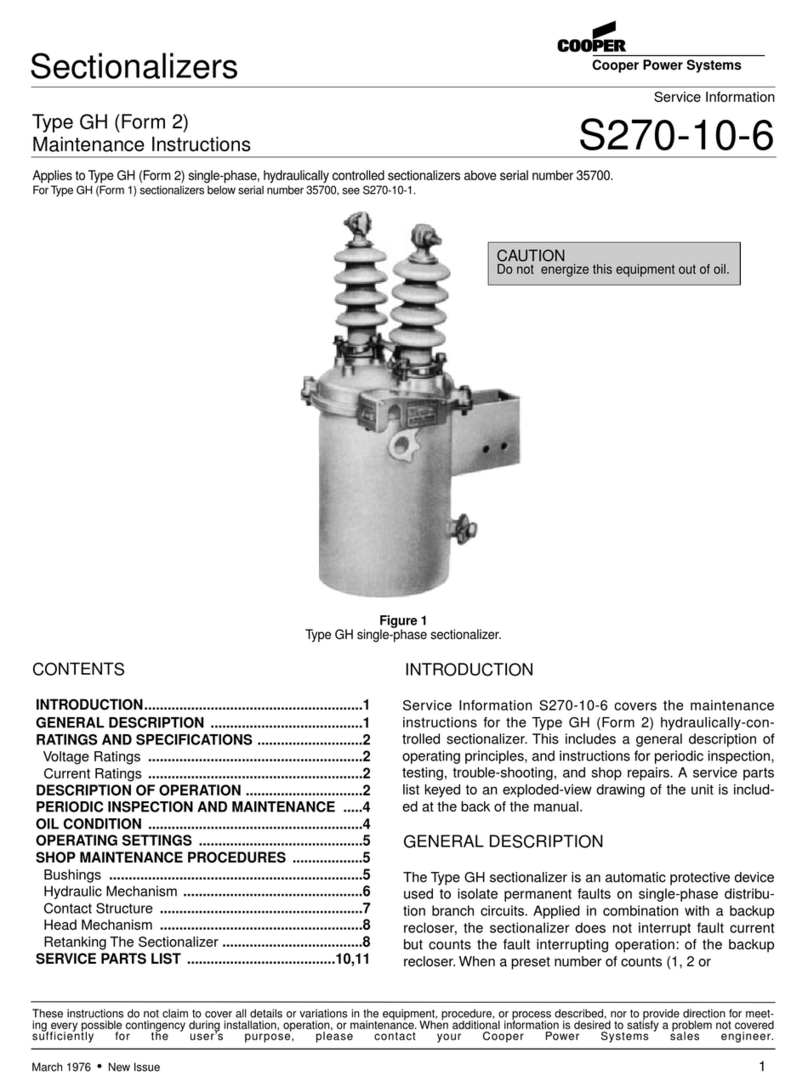
Cooper Power Systems
Cooper Power Systems GH Maintenance instructions
